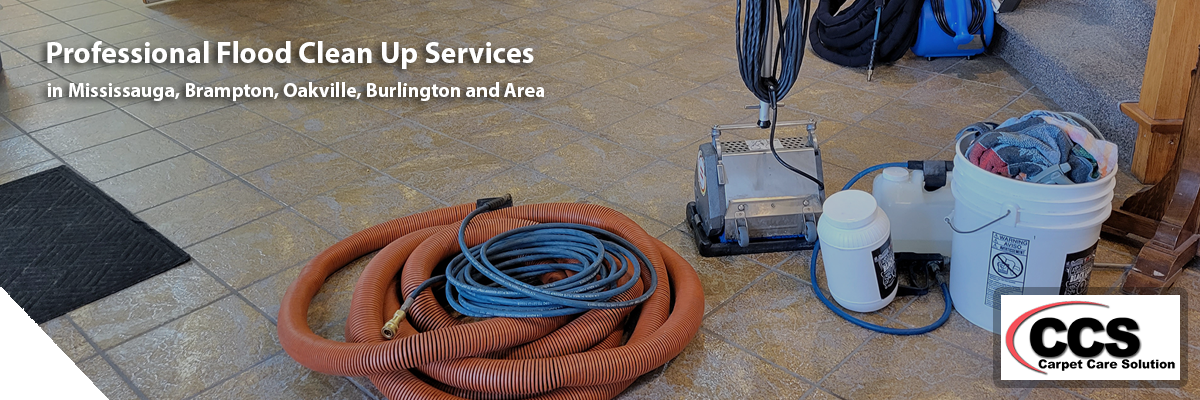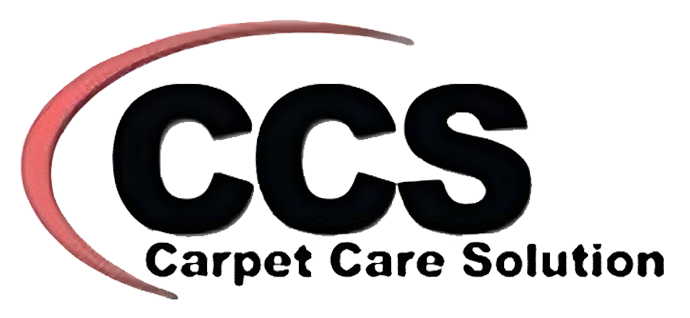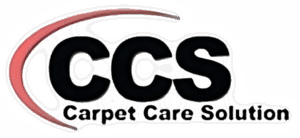Frequently Asked Questions
Is it necessary?
The necessity of flood clean-up services is clear: timely intervention is crucial to prevent extensive water damage and mold growth, ensuring a safe and healthy environment for your home or business.
What are benefits?
The benefits of our flood clean-up services include prompt response to water damage, effective mold prevention, and comprehensive restoration, ensuring your home or business remains safe and healthy while minimizing further damage and associated costs.
Is flooded carpet a health risk?
Flooded carpets pose a significant health risk due to the potential for mold growth and bacteria proliferation. Prompt professional cleaning and restoration are essential to mitigate these hazards and protect your home’s environment.
How to remove floodwater stains?
To remove floodwater stains, start by blotting the area with clean, dry towels to absorb excess moisture. Then, apply a mixture of mild detergent and water, gently scrubbing the stain until it lifts. Rinse and dry thoroughly to prevent mold growth.
How to dry flooded carpet?
To dry flooded carpet, first remove excess water using a wet vacuum or towels, then open windows and use fans or dehumidifiers to promote airflow. Ensure the carpet is thoroughly dried to prevent mold growth and odors.
How to clean flood?
Cleaning up after a flood involves several key steps. First, ensure safety by turning off electricity and wearing protective gear. Then, remove standing water using pumps or wet vacuums, followed by drying affected areas and sanitizing surfaces to prevent mold growth.
What is flood damage restoration?
Flood damage restoration involves the comprehensive process of repairing and restoring a property affected by water intrusion, ensuring the removal of excess water, drying out affected areas, and preventing mold growth to safeguard health and property integrity.
What are flood cleanup steps?
The flood cleanup steps involve assessing the damage, removing water, drying affected areas, cleaning and sanitizing surfaces, and finally, restoring the space to its original condition. Timely intervention is crucial to prevent mold growth and further damage.
Can I clean flooded carpet myself?
Cleaning flooded carpet yourself is possible, but it's often not advisable. Professional services like CCS ensure thorough water extraction and treatment, preventing mold growth and further damage, which can be difficult to achieve on your own.
How to sanitize flooded carpet?
Sanitizing a flooded carpet involves first removing excess water, then cleaning with a mixture of water and a non-toxic disinfectant. Ensure thorough drying to prevent mold growth, and consider professional assistance for optimal results.
What is carpet flood repair?
Carpet flood repair involves the process of restoring carpets that have been damaged by water, typically due to flooding or leaks. This service includes water extraction, drying, and treatment to prevent mold growth and ensure the carpet is safe and clean.
Can flooded carpet be saved?
Flooded carpets can often be saved if addressed promptly and professionally. Quick water extraction and thorough drying are essential to prevent mold growth and damage, making timely intervention crucial for restoration.
Who does flood cleanup?
Flood cleanup is typically handled by professional restoration companies, like Carpet Care Solution (CCS), that specialize in mitigating water damage and ensuring safe, effective recovery from flooding incidents.
What tools are needed for flood cleanup?
The tools needed for flood cleanup include water extraction pumps, dehumidifiers, air movers, and protective gear like gloves and masks. These tools help effectively remove water, dry affected areas, and ensure safety during the cleanup process.
How long does flood restoration take?
The duration of flood restoration varies based on the extent of damage and the specific circumstances. Typically, it can take anywhere from a few days to a couple of weeks to complete the restoration process effectively.
What are signs of water damage?
The signs of water damage include discoloration on walls or ceilings, peeling paint or wallpaper, a musty odor, and visible mold growth. Additionally, warped floors or sagging ceilings may indicate underlying moisture issues that require immediate attention.
Can I prevent mold after flooding?
Preventing mold after flooding is crucial for maintaining a healthy environment. To minimize mold growth, ensure prompt water removal, thoroughly dry affected areas, and maintain low humidity levels. Regularly inspect for moisture and act quickly if issues arise.
What should I do after a flood?
After a flood, you should prioritize safety by turning off electricity and gas, then contact a professional flood clean-up service like Carpet Care Solution (CCS) to assess the damage and begin water extraction and drying to prevent mold growth.
How to assess flood damage severity?
Assessing flood damage severity involves evaluating the extent of water intrusion, identifying affected areas, and checking for structural damage or mold growth. Quick and thorough assessment is crucial to determine necessary remediation steps.
Is professional help required for cleanup?
Professional help is often essential for effective cleanup after water damage. Trained specialists can ensure thorough extraction, treatment, and drying, preventing further damage and reducing health risks such as mold growth.
What are common flood damage myths?
Common flood damage myths include the belief that all water damage is the same, that waiting to address issues is safe, and that DIY methods are always effective. Understanding these misconceptions is crucial for effective flood restoration and prevention.
How to identify hidden water damage?
Identifying hidden water damage involves looking for signs such as water stains, mold growth, or a musty odor in walls and ceilings. Additionally, check for warped flooring or peeling paint, which may indicate moisture issues behind surfaces.
What insurance covers flood damage?
Insurance that covers flood damage typically includes a separate flood insurance policy, which is often provided through the National Flood Insurance Program (NFIP) or private insurers. Standard homeowners' insurance usually does not cover flood-related losses.
How to protect carpets from flooding?
To protect carpets from flooding, it's essential to elevate furniture and use waterproof mats or barriers. Regularly inspect plumbing and drainage systems, and consider professional water damage prevention measures to safeguard your carpets effectively.
What are the costs of flood restoration?
The costs of flood restoration can vary widely depending on the extent of the damage, the size of the affected area, and the specific services required. For an accurate estimate, it's best to consult with a professional service like Carpet Care Solution (CCS).
How to handle furniture after flooding?
Handling furniture after flooding involves promptly removing it from the affected area, drying it thoroughly, and assessing for damage. If possible, clean and disinfect items to prevent mold growth and preserve their condition.
What are the risks of untreated flooding?
The risks of untreated flooding include significant structural damage, mold growth, and health hazards. Prolonged exposure to moisture can compromise the integrity of your property and lead to respiratory issues due to mold spores.
How to choose a flood cleanup service?
Choosing a flood cleanup service involves considering their experience, response time, and customer reviews. Look for certified professionals who use advanced equipment and eco-friendly methods to ensure effective water damage restoration and mold prevention.
What is the first step in cleanup?
The first step in cleanup is to assess the extent of the water damage and ensure the safety of the area before beginning any restoration work.
How to dry out a flooded basement?
To dry out a flooded basement, start by removing any standing water using a pump or wet vacuum, then enhance ventilation with fans and dehumidifiers to accelerate the drying process and prevent mold growth.






